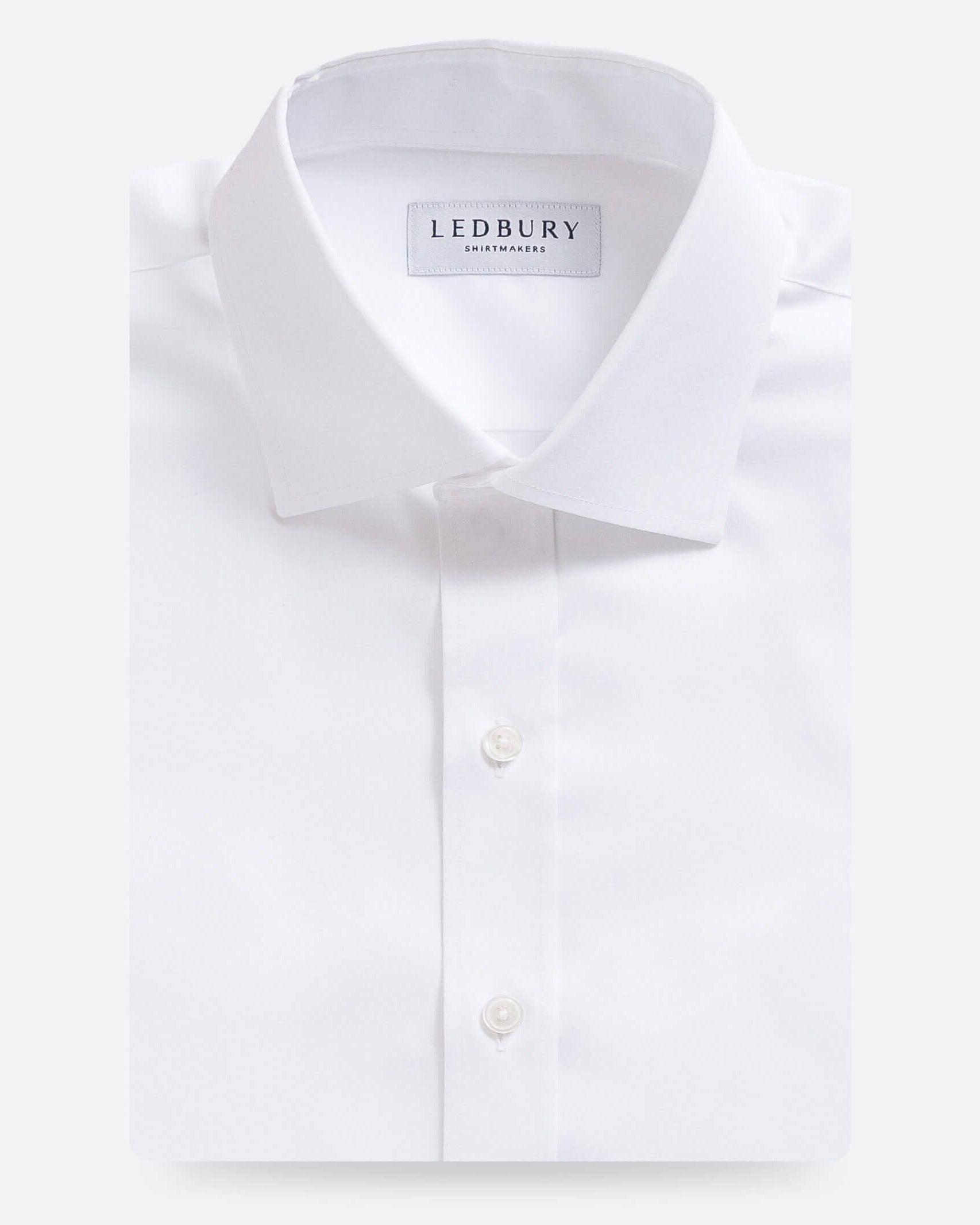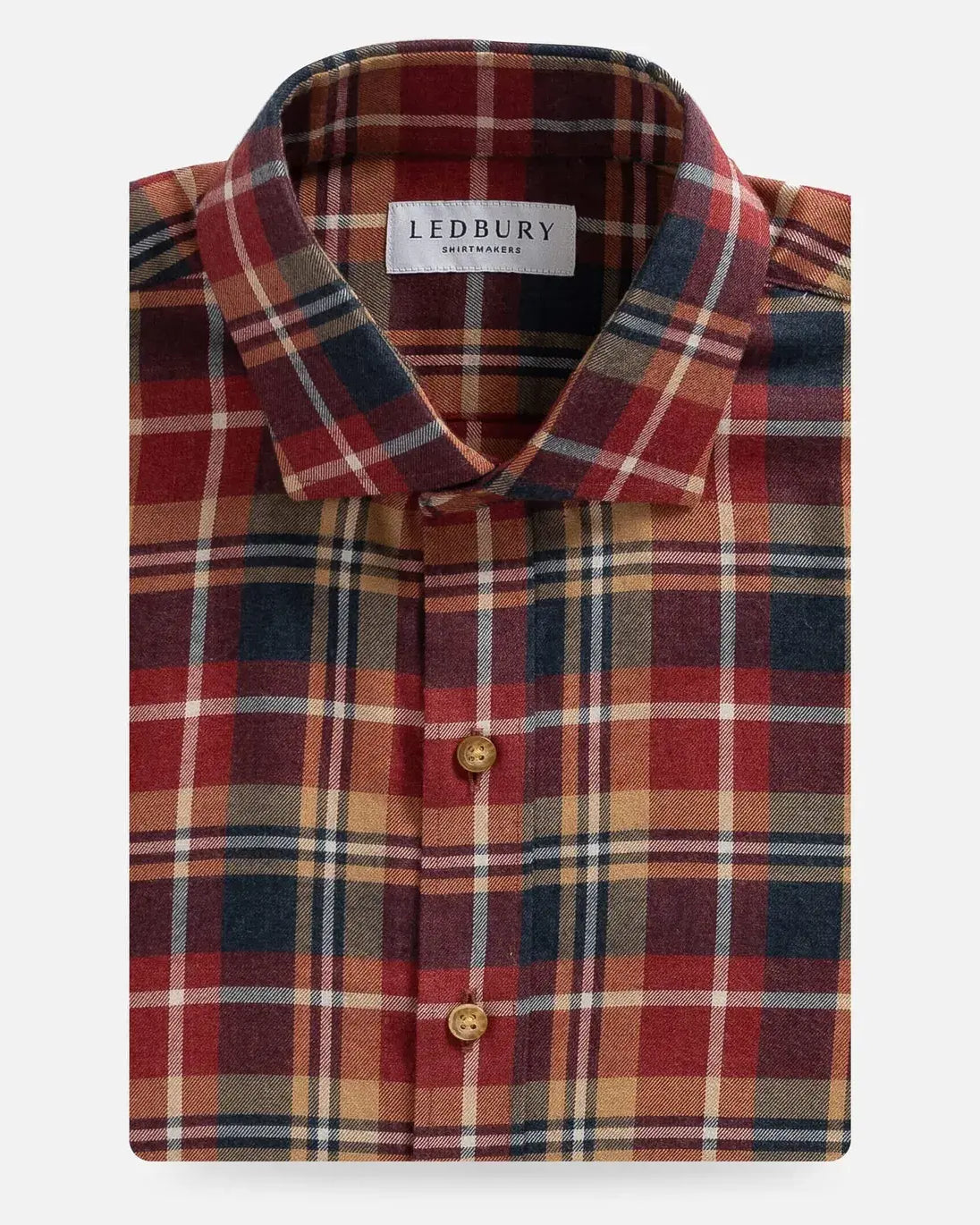





 The resurgence of vinyl has been well documented in recent years. It’s an interesting phenomenon, particularly because the death note for the audio format had all but been written and sealed a little over a decade ago. With the rise of the CD during the 90s, followed by the mp3 and then online streaming, it’s remarkable that the 12-inch has managed to become relevant again. On the eve of Record Store Day, we decided to take a look at some of the factors that lead to the new enthusiasm surrounding vinyl.
Within the music industry, the vinyl album is a paradox. In 2013, overall album sales declined by 8.4-percent, CD sales dropped 14-percent, and for the first time since 2003 (the year that iTunes launched), digital downloads also declined. Interestingly enough, vinyl sales grew over 33-percent from the previous year with 6.1 million albums sold – the highest level since SoundScan began recording album sales in 1991.
At the rapid pace that we go about our lives in modern society, we tend to seek the easy, quick and convenient. After all, there are only 24-hours in one day. By design, the vinyl listening experience goes against every contemporary quality that we value. A record collection takes up a lot of space. Turntables, amplifiers, and speakers are bulky. And the constant flipping and changing of discs takes time. The occasional pops-and-cracks of the needle scratching the record can also hinder the audio quality of the music. Not to mention, this experience all began with a trip to the record store – something that requires more effort than typing an artist’s name in the search bar of Pandora or Spotify. With these factors in mind, for one reason or another, they help to lend to vinyl’s appeal. Much like the principles of the slow food movement, it’s the time and effort that is put into the experience that makes it that more enjoyable.
The comeback of vinyl is also a story about small business and entrepreneurship. Despite vinyl’s growing popularity, the audio format still operates within a niche market. After all, vinyl purchases only accounted for 2-percent of total album sales in 2013. Within this industry, the tightly knit community encompasses independently owned record labels, vinyl-pressing plants, and record stores. When major record labels were no longer interested in vinyl, independent labels helped to keep the 12-inch alive. Within the U.S., there are 16 vinyl-processing plants. Perhaps the largest, and one of the oldest is United Record Pressing. Founded in Nashville, TN in 1949, United Record Pressing has produced records for bands ranging from The Beatles to The Roots. During the past year, the pressing facility produced roughly 4,000,000 records for national and international distribution. Lastly, when vinyl sales were no longer profitable at a macro-level, big box retailers saw a loss where local record stores were able to thrive.
Some of the success behind vinyl's return can be attributed to Record Store Day. Conceived in 2007 and then executed the following year, a group of record store owners and employees created Record Store Day as a way to celebrate the unique culture and history surrounding the independently owned record store. Growing in popularity with every passing, it’s an occasion to rally around the entire vinyl industry as a whole and support it in a meaningful way.
April 19, this coming Saturday, marks the 7th annual Record Store Day. At participating record stores, it isn’t uncommon to catch a performance from a live band or participate in a giveaway or two throughout the day. For records stores, the excitement is comparable to a retailer’s Black Friday with many seeing 3-to-4 times the amount of traffic as they would on any given day during the holiday shopping season.
The hallmark of Record Store Day, and one of the reasons for its success, is that it’s an exercise in the basic principles of economics – when supply is down, demand goes up. Musicians and record labels release hundreds of limited-edition exclusives on Record Store Day. These titles, some numbering no more than a couple thousand copies, are divided among the hundreds of participating record stores. These releases can’t be found at Target, Amazon or anywhere on the Internet, forcing consumers to buy actual physical records from actual local businesses.
Music has a unique way of connecting us all. It can take us back to a particular memory or moment in time. The medium, whether analog or digital, is an important part of the experience. For vinyl, we’re happy to see the support and the enthusiasm surrounding its comeback.
For a list of participating Record Store Day venues, visit recordstoreday.com.
The resurgence of vinyl has been well documented in recent years. It’s an interesting phenomenon, particularly because the death note for the audio format had all but been written and sealed a little over a decade ago. With the rise of the CD during the 90s, followed by the mp3 and then online streaming, it’s remarkable that the 12-inch has managed to become relevant again. On the eve of Record Store Day, we decided to take a look at some of the factors that lead to the new enthusiasm surrounding vinyl.
Within the music industry, the vinyl album is a paradox. In 2013, overall album sales declined by 8.4-percent, CD sales dropped 14-percent, and for the first time since 2003 (the year that iTunes launched), digital downloads also declined. Interestingly enough, vinyl sales grew over 33-percent from the previous year with 6.1 million albums sold – the highest level since SoundScan began recording album sales in 1991.
At the rapid pace that we go about our lives in modern society, we tend to seek the easy, quick and convenient. After all, there are only 24-hours in one day. By design, the vinyl listening experience goes against every contemporary quality that we value. A record collection takes up a lot of space. Turntables, amplifiers, and speakers are bulky. And the constant flipping and changing of discs takes time. The occasional pops-and-cracks of the needle scratching the record can also hinder the audio quality of the music. Not to mention, this experience all began with a trip to the record store – something that requires more effort than typing an artist’s name in the search bar of Pandora or Spotify. With these factors in mind, for one reason or another, they help to lend to vinyl’s appeal. Much like the principles of the slow food movement, it’s the time and effort that is put into the experience that makes it that more enjoyable.
The comeback of vinyl is also a story about small business and entrepreneurship. Despite vinyl’s growing popularity, the audio format still operates within a niche market. After all, vinyl purchases only accounted for 2-percent of total album sales in 2013. Within this industry, the tightly knit community encompasses independently owned record labels, vinyl-pressing plants, and record stores. When major record labels were no longer interested in vinyl, independent labels helped to keep the 12-inch alive. Within the U.S., there are 16 vinyl-processing plants. Perhaps the largest, and one of the oldest is United Record Pressing. Founded in Nashville, TN in 1949, United Record Pressing has produced records for bands ranging from The Beatles to The Roots. During the past year, the pressing facility produced roughly 4,000,000 records for national and international distribution. Lastly, when vinyl sales were no longer profitable at a macro-level, big box retailers saw a loss where local record stores were able to thrive.
Some of the success behind vinyl's return can be attributed to Record Store Day. Conceived in 2007 and then executed the following year, a group of record store owners and employees created Record Store Day as a way to celebrate the unique culture and history surrounding the independently owned record store. Growing in popularity with every passing, it’s an occasion to rally around the entire vinyl industry as a whole and support it in a meaningful way.
April 19, this coming Saturday, marks the 7th annual Record Store Day. At participating record stores, it isn’t uncommon to catch a performance from a live band or participate in a giveaway or two throughout the day. For records stores, the excitement is comparable to a retailer’s Black Friday with many seeing 3-to-4 times the amount of traffic as they would on any given day during the holiday shopping season.
The hallmark of Record Store Day, and one of the reasons for its success, is that it’s an exercise in the basic principles of economics – when supply is down, demand goes up. Musicians and record labels release hundreds of limited-edition exclusives on Record Store Day. These titles, some numbering no more than a couple thousand copies, are divided among the hundreds of participating record stores. These releases can’t be found at Target, Amazon or anywhere on the Internet, forcing consumers to buy actual physical records from actual local businesses.
Music has a unique way of connecting us all. It can take us back to a particular memory or moment in time. The medium, whether analog or digital, is an important part of the experience. For vinyl, we’re happy to see the support and the enthusiasm surrounding its comeback.
For a list of participating Record Store Day venues, visit recordstoreday.com.
To help you navigate Record Store Day Releases, we put a playlist together featuring some of our favorite musicians and artists who will be releasing exclusive albums on Saturday. Get to the Spotify playlist, "The Righteous One," here. Photographs taken at Richmond's own Steady Sounds and Deep Groove Records











